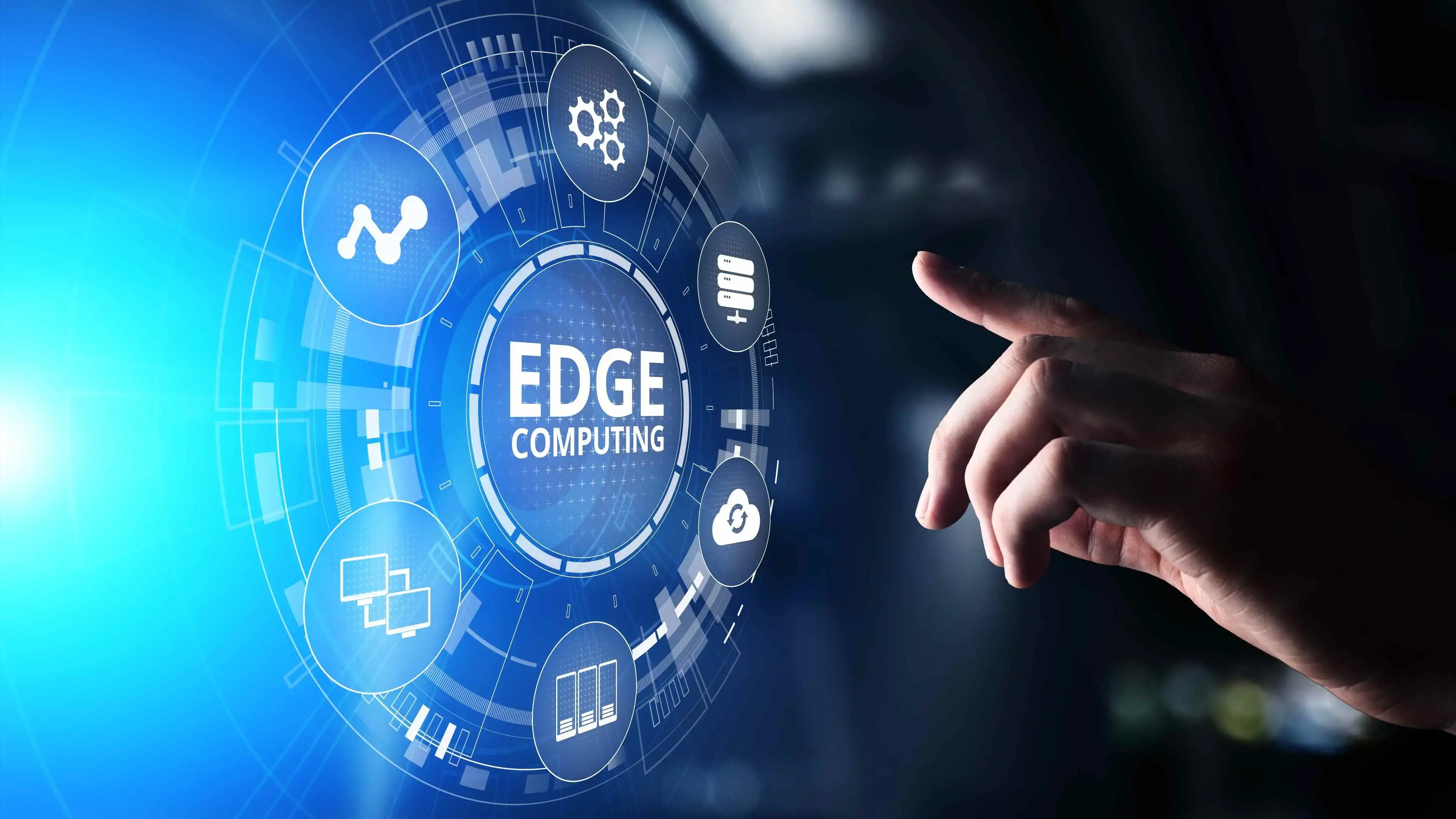Edge Computing in 2025: Revolutionizing Backend Infrastructure for Real-Time Applications

Introduction
As technology advances, the demand for real-time applications continues to rise. Edge computing has emerged as a revolutionary trend in backend infrastructure, allowing data processing closer to the source rather than relying on centralized cloud servers. By reducing latency, improving efficiency, and enabling faster decision-making, edge computing is transforming the way applications operate in 2025. .
This blog explores how edge computing is reshaping backend development, its impact on industries, and what developers need to consider while implementing it. .
What is Edge Computing?
Edge computing refers to the practice of processing data at the "edge" of a network, closer to the data source, rather than in a centralized data center. Unlike traditional cloud computing, which relies on remote servers, edge computing decentralizes data processing, reducing latency and improving real-time application performance.
- How It Works: Data is processed at or near the data source (e.g., IoT devices, local servers, or edge nodes) rather than being transmitted to distant cloud servers.
- Benefits: Faster response times, reduced bandwidth usage, and enhanced security by minimizing data exposure.
The Role of Edge Computing in Backend Development
1. Low Latency and Real-Time Processing
Traditional cloud-based architectures often struggle with high latency due to the time taken for data to travel between devices and central servers. Edge computing addresses this by processing data locally, enabling instant responses.
- Example: Autonomous vehicles rely on edge computing to process sensor data in real time, ensuring quick decision-making for navigation and obstacle avoidance.
- Benefits: Faster application responses, seamless user experiences, and improved system reliability.
2. Enhanced Security and Data Privacy
Edge computing minimizes the need to transmit sensitive data over the internet, reducing security vulnerabilities and compliance risks.
- Example: Healthcare applications process patient data on local edge devices, ensuring compliance with privacy regulations like HIPAA.
- Benefits: Greater data security, reduced risk of breaches, and compliance with global regulations.
3. Scalability and Cost Efficiency
By distributing workloads across edge nodes, companies can reduce cloud computing costs and scale operations efficiently without overloading central servers.
- Example: Smart city infrastructure leverages edge computing to manage traffic lights, security cameras, and environmental sensors without relying on expensive cloud-based resources.
- Benefits: Lower operational costs, optimized resource utilization, and efficient workload distribution
4. Edge AI for Intelligent Decision-Making
AI-driven applications require instant decision-making, which edge computing facilitates by processing AI models locally.
- Example: AI-powered industrial robots analyze production line data in real time to detect defects and optimize manufacturing processes.
- Benefits: Improved automation, enhanced predictive analytics, and reduced dependency on remote AI processing.
Edge Computing in Different Industries
1. Healthcare
- Wearable devices analyze patient health metrics in real time.
- Smart hospitals use edge computing for rapid diagnostics and emergency response.
2. Autonomous Vehicles
- Real-time sensor analysis for safe navigation.
- Edge computing reduces reliance on cloud-based decision-making.
3. Retail
- AI-driven inventory management in stores.
- Personalized customer experiences through real-time analytics.
4. Manufacturing
- Predictive maintenance for factory equipment.
- IoT-enabled production lines optimize efficiency.
5. Smart Cities
- Traffic and environmental monitoring with IoT sensors.
- Public safety enhancements through edge-based surveillance.
Challenges and Considerations
1. Infrastructure Complexity
Deploying and managing edge computing infrastructure requires specialized skills and hardware.
2. Data Synchronization
Ensuring consistency between edge nodes and central systems is crucial.
3. Security Risks
While edge computing enhances security, it also introduces new vulnerabilities that must be addressed.
4. Cost of Deployment
Initial setup costs for edge infrastructure can be high, requiring a long-term strategy.
Future of Edge Computing
As 5G networks expand, edge computing will become even more powerful, enabling faster data processing and improved connectivity. AI-driven edge devices will revolutionize industries, making real-time applications smarter and more efficient.
Developers should embrace edge computing as a key component of modern backend infrastructure to create high-performance, scalable, and secure applications.
Conclusion
Edge computing is transforming backend development by enabling real-time processing, improving security, and optimizing infrastructure costs. With applications spanning multiple industries, its adoption will continue to grow in 2025 and beyond.
Developers must stay ahead by learning edge computing frameworks, optimizing infrastructure deployment, and integrating AI-driven decision-making at the edge. The future is decentralized—embrace edge computing for a faster, smarter, and more secure digital world.